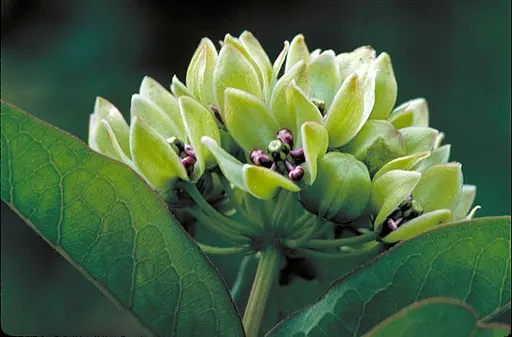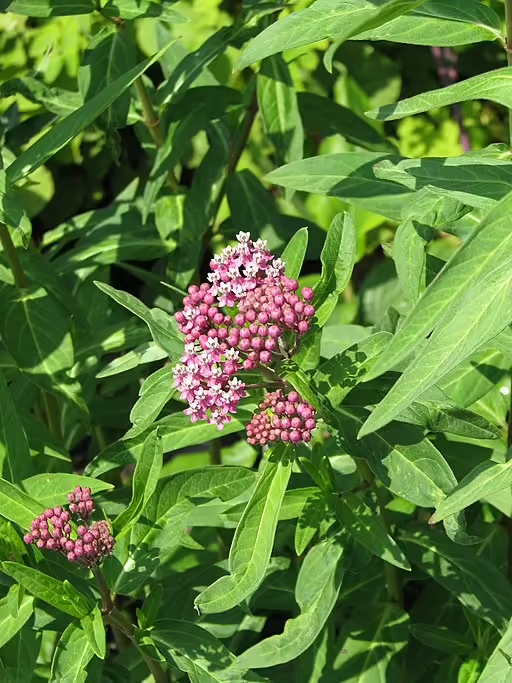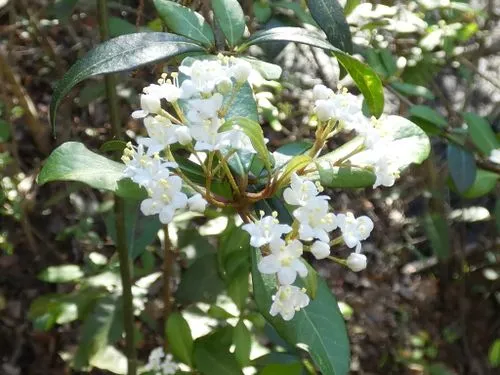Table of Contents for Sharp Gayfeather (Liatris acidota)
Sharp Gayfeather (Liatris acidota) is a herbaceous perennial that is native to the states of Louisiana and Texas in the United States. This plant is a host to several moths and is important as a nectar source for bees and other insects. Growing from 0.5 to 4 feet tall, this species grows in prairies, pine flatwoods, and savannas. The purple flowers bloom from June to November and the plant is hardy in zones 8-9.
Taxonomy and Naming of Sharp Gayfeather (Liatris acidota)
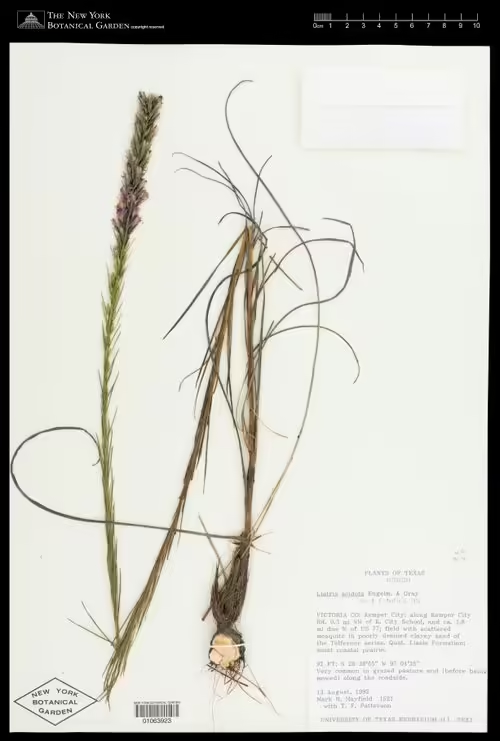
Taxonomy
Sharp Gayfeather (Liatris acidota) was originally named and described by George Engelmann and Asa Gray in 1845. The species still has the same name and is a member of the Aster Family (Asteraceae).
Meaning of the Scientific and Common Names
Scientific Name
The genus name, Liatris, comes from an unknown Latin word. The species name, acidota, is Latin for “equal halves.”
Common Name and Alternative Names
The common name likely comes from the spike like appearance of the flowers. Other common names gulf coast gayfeather and sharp blazing star.
Physical Description

- Plant Type: This plant is a herbaceous perennial.
- Height: 0.5 to 4 feet tall
- Stem: The stems are erect and glabrous. They may be slight pubescent (Correll and Correll 1972)
- Leaves: The leaves are alternate, sessile, linear to linear-oblanceolate and are 3-5-nerved (Flora of North America). The leaves are 4 to 16 inches long and 0.04 to 0.2 inches wide. The leaves shorten to about 0.25 inch on the upper stem (Grelen and Duvall 1966).
- Flower color: purple
- Blooming period: This plant blooms from June to November.
- Fruiting type and period: This plant has achenes that mature in the late fall and winter.
Range of Sharp Gayfeather in the United States and Canada

This species is native to the states of Louisiana and Texas in the United States.
Habitat
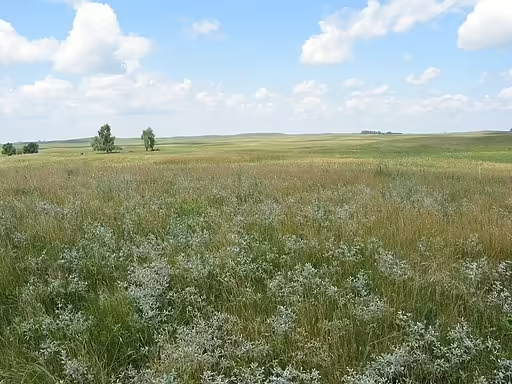
This species grows prairies, pine flatwoods (Singhurst, et al 2012), Loess hills (Palmer and Steyermark 1935), sandy ridges (Grelen and Duvall 1966), roadsides, and savannas. On prairies, this species has specifically been noted to occur on bluestem prairies (Harcombe and Neaville 1977) and places that are wet (Correll and Correll 1972).
Hosted Insects

The members of the Liatris genus are hosts to the bleeding flower moth (Schinia gloriosa) and the wavy-lined Emerald (Synchlora aerata).
Other Supported Wildlife

This species is an important nectar source to other butterflies, skippers, bees, and wasps.
Frequently Asked Questions
Does this plant have any ethnobotanical uses?
The Native American Ethobotanical Database states that this species has been used for rheumatism.
How is this plant distinguished from other Gayfeathers?
This species is similar to small-head gayfeather (Liatris microcephala), but differs in that small-head gayfeather has more stems. The glabrous stem of this plant separates it from garber’s gayfeather (Liatris garberi) (Gaiser 1946). The 3-5 nerves in the leaves serves to separate this species from other gayfeathers (Weakley, et al 2022).
Is this plant invasive?
This plant has not been noted as being weedy.
Gardening with Sharp Gayfeather

Hardiness
This species is hardy in zones 8-9. If your garden is within these zones and you have the right growing conditions (soil, moisture and exposure), you may well be able to grow this plant. However, if planted outside of its range, the hosted species may not recognize the plant or be harmed by ingesting a different species with an unfamiliar chemical composition.
Optimal Conditions
This species grows in full sun to partial-shade and moist sandy well-drained soil.
References
- Correll, Donovan Stewart and Helen B. Correll. 1972. Aquatic and Wetland Plants of the Southwestern United States. Water Pollution Control Research Series EPA.
- Gaiser, Lulu Odell. 1946. The Genus Liatris (continued). Rhodora 48: 216-263.
- Grelen, Harold Eugene and Vinson Lamar Duvall. 1966. Common Plants of Longleaf Pine-Bluestem Range. United States Forest Service Research Paper SO-23.
- Harcombe, P.A. and J.E. Neaville. 1977. Vegetation Types of Chambers County, Texas. The Texas Journal of Science 29: 209-234.
- Palmer, Ernest J. and Julian A. Steyermark. 1935. An annotated Catalogue of the Flowering Plants of Missouri. Annals of the Missouri Botanical Garden 22: 375-758.
- Singhurst, Jason R., Bruce A. Sorrie, Walter C. Holmes. 2012. Andropogon glaucopsis (Poaceae) in Texas. Phytoneuron 2012-6: 1-3.
- Weakley, A.S., and Southeastern Flora Team. 2022. Flora of the Southeastern United States, University of North Carolina Herbarium, North Carolina Botanical Garden.
